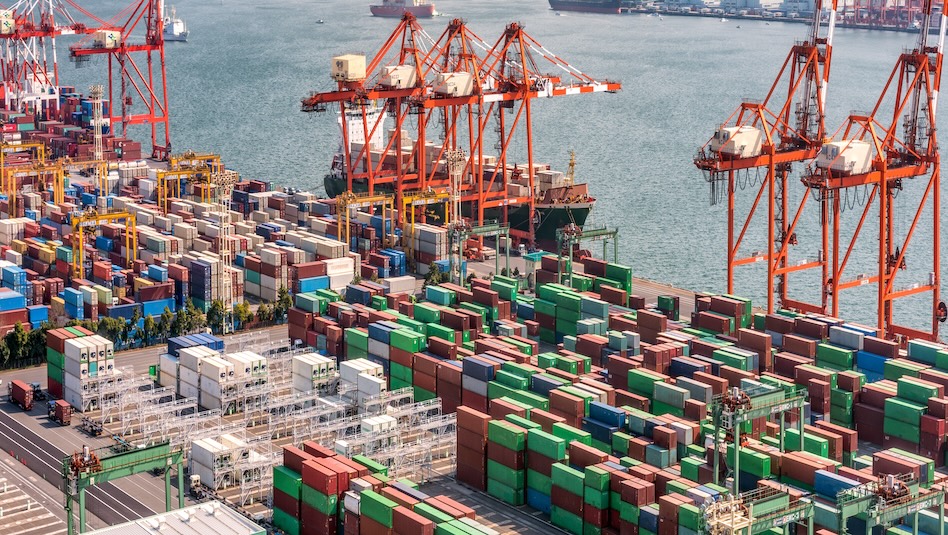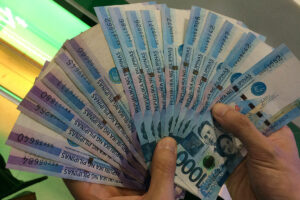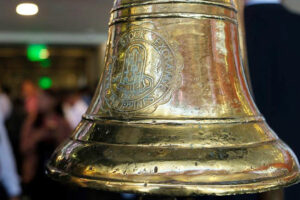Finance Secretary Ralph G. Recto on Monday said the government is working to ensure that economic growth would outpace debt accumulation, as outstanding debt is projected to hit PHP 24.7 trillion by 2030.
“We will make sure that the economy would continue to outgrow the country’s debt,” he said during the Development Budget Coordination Committee briefing before the House of Representatives Appropriations Committee. “This would ensure that we have the ability to pay off our obligations.”
Economic managers are targeting 5.5-6.5% economic growth this year, and 6-7% growth from 2026 to 2028.
Mr. Recto said the value of the Philippine economy is projected to reach PHP 42.6 trillion by 2030, while the debt of PHP 24.7 trillion would account for 58% of gross domestic product (GDP).
This would be the first time since 2020 that the debt-to-GDP ratio would fall below the 60% threshold considered by multilateral lenders to be manageable for developing economies.
The National Government (NG) debt jumped to a fresh high PHP 17.27 trillion as of end-June, bringing the debt-to-GDP ratio to 63.1%.
NG debt is projected to reach PHP 17.4 trillion by the end of 2025, although the debt-to-GDP ratio is seen slipping to 61.3%.
In 2026, outstanding debt is expected to rise to PHP 19.1 trillion, with the debt-to-GDP ratio inching up to 61.8%.
Debt is projected to rise to PHP 20.5 trillion in 2027, with a debt-to-GDP ratio dipping to 61.3%.
By 2028, debt is forecast to reach PHP 21.9 trillion with the debt-to-GDP ratio dropping to 60.3%.
The Department of Finance (DoF) expects debt to hit PHP 23.3 trillion but the ratio is seen to fall to 59.5% of GDP by 2029.
These projections are only possible if the government maintains disciplined and efficient spending, while “strictly” following the Marcos administration’s fiscal consolidation strategy aimed at reducing the debt stock, said Mr. Recto.
“We are determined to stick to our medium-term fiscal program by exercising the highest level of fiscal prudence,” he said.
Mr. Recto’s economic projections are only possible if the debt taken on by the government is used to fund projects that could increase productivity and generate jobs, said Reinielle Matt M. Erece, an economist at Oikonomia Advisory and Research, Inc.
“These actions will ensure that income growth remains strong, and higher income results in higher tax revenues for the government,” he said in a Viber message.
The government’s borrowing program to help fund next year’s PHP 6.793-trillion national budget was set at P2.68 trillion, up 3.15% from PHP 2.6 trillion in 2025. Domestic borrowing was set at PHP 2.05 trillion for 2026, while external loans were pegged at PHP 627.1 billion.
The government should also prioritize investments in education, infrastructure and digital transformation — sectors that could compound growth via a multiplier effect — to meet the economic forecast, Jonathan L. Ravelas, a senior adviser at Reyes Tacandong & Co., said in a Viber message.
Mr. Ravelas said authorities should also look at broadening the tax base, but without overburdening Filipinos.
Meanwhile, Mr. Recto did not mention any new tax measures that the DoF wants Congress to approve.
“People are naturally resistant to taxes,” said Mr. Recto. “But their tax obedience can be won if they will see how the taxes they paid are spent for the right things, by the right agency, at the right time.”
In a statement after Mr. Recto’s presentation, the Finance department said the government has expanded its revenue collection by double digits in the last three years, averaging 13.8% annually.
“From 2025 to 2028, tax revenues are projected to grow 10.2% annually, pushing total revenues to hit nearly PHP 6 trillion by the end of the President’s term. By 2030, total revenues will breach the PHP 7-trillion mark,” it said. — Kenneth Christiane L. Basilio







 DOWNLOAD
DOWNLOAD














